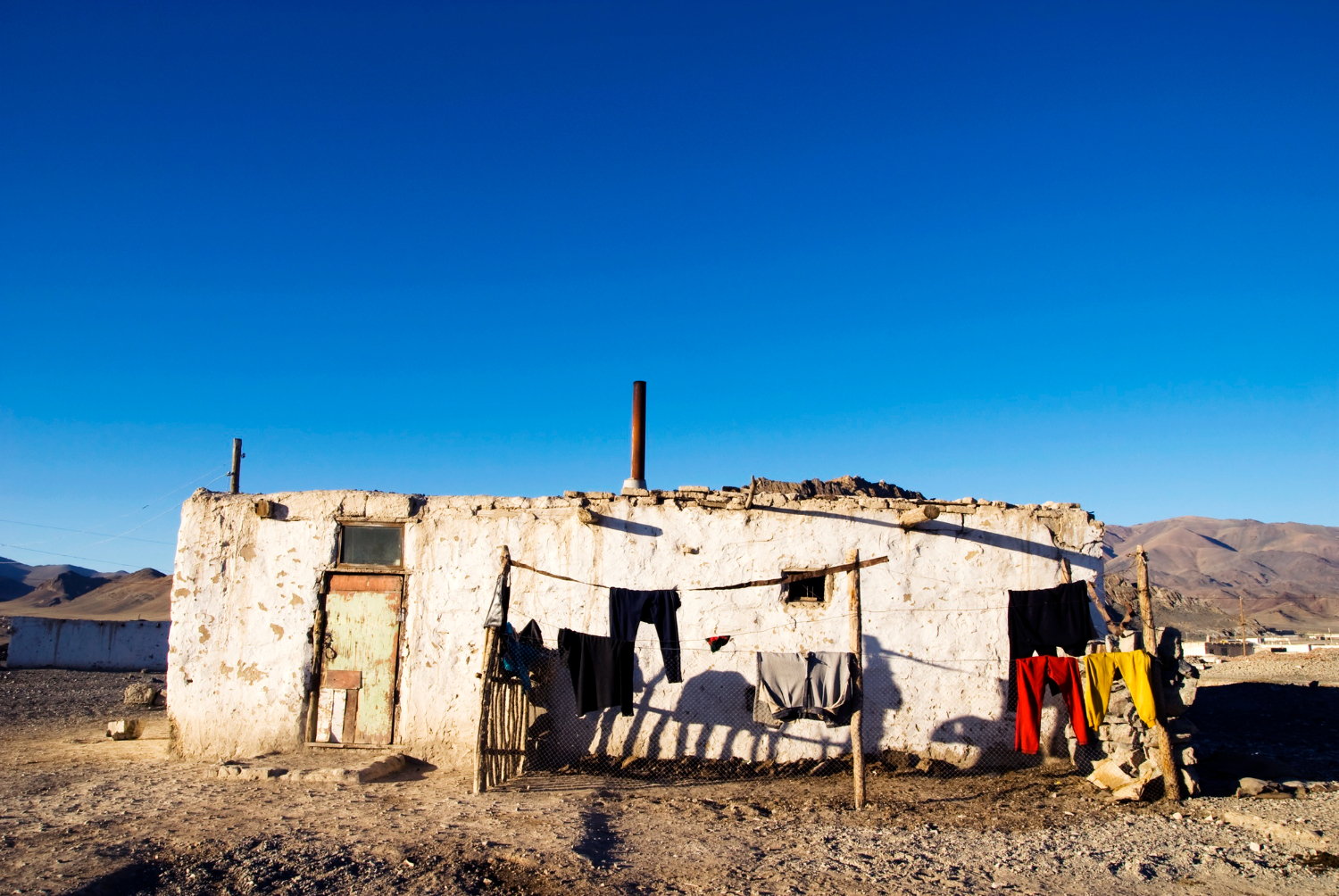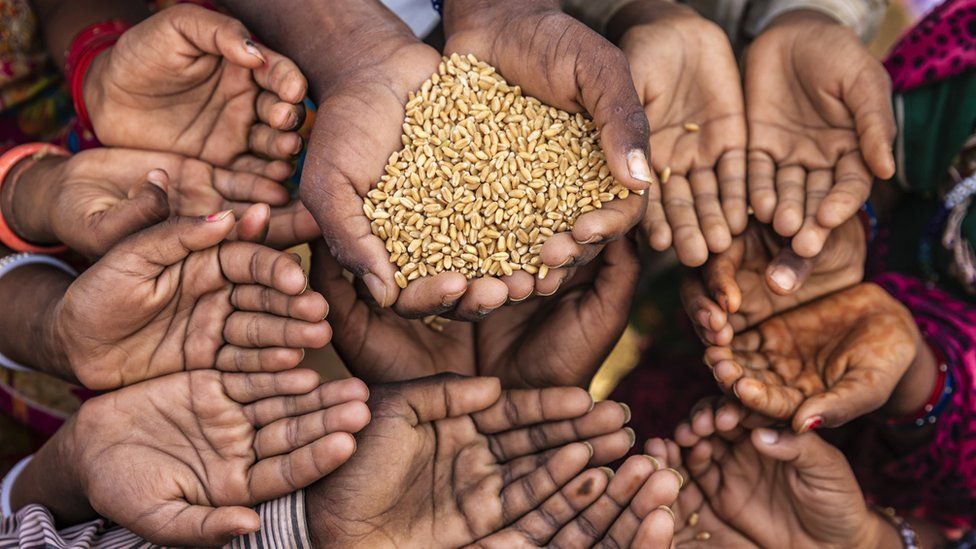
The Hidden Faces of Hunger: Who are the Hungry People in the World?

Fatima Zohra Merzouk
27 Oct 2023
When we think of hunger, we often imagine starving children in Africa or Asia, with their ribs showing and flies buzzing around their eyes. While this image is sadly true for some people, it is not the only face of hunger. Hunger is a complex and multifaceted problem that affects people from all walks of life, in all regions of the world, and for various reasons.
According to the United Nations, there are more than 690 million people who suffer from chronic hunger, which means they do not have enough food to meet their basic nutritional needs. However, this number does not capture the full extent of hunger, as there are also millions of people who face acute hunger, which means they have a sudden and severe lack of food due to shocks such as conflict, disaster, or pandemic. Moreover, there are also millions of people who suffer from hidden hunger, which means they have enough food to eat, but not enough nutrients to be healthy.
Who are these hungry people and why are they hungry? Here are some of the hidden faces of hunger that we need to recognize and address:
- The urban poor: Hunger is not only a rural problem, but also an urban one. As more and more people migrate to cities in search of better opportunities, they often face challenges such as unemployment, low wages, high living costs, and lack of social services. Many urban poor live in slums, where they have limited access to clean water, sanitation, health care, and education. They also have limited access to fresh and nutritious food, as they rely on cheap and processed food that is high in calories but low in quality.
- The working poor: Hunger is not only a problem of the unemployed, but also of the employed. Many people who have jobs still struggle to feed themselves and their families, as they earn less than the minimum wage or work in informal and precarious sectors. They also face challenges such as long working hours, unsafe working conditions, exploitation, and discrimination. They often have to choose between buying food or paying for other basic needs such as rent, transport, or medicine.
- The women and girls: Hunger is not only a problem of men, but also of women and girls. Women and girls are more likely to suffer from hunger than men and boys, due to factors such as gender inequality, social norms, cultural practices, and biological needs. Women and girls often have less access to education, health care, land, credit, and decision-making power than men and boys. They also bear the burden of unpaid domestic and care work, which limits their time and resources to obtain and prepare food. They also face discrimination and violence that affect their food security and nutrition.
- The elderly and disabled: Hunger is not only a problem of the young, but also of the elderly and disabled. Elderly and disabled people are more vulnerable to hunger than other groups, due to factors such as ageism, ableism, and health issues. Many of them live on fixed incomes and may struggle to afford nutritious food or have difficulty accessing food due to mobility or health challenges. They often rely on social support systems that may be inadequate or underfunded.
These are just a few of the hidden faces of hunger, and the reasons behind their struggles are complex and intertwined. Recognizing the diversity of those affected by hunger is essential in developing effective strategies to combat this global issue.
More Articles
The world needs to fight with the hunger. Let’s learn more



